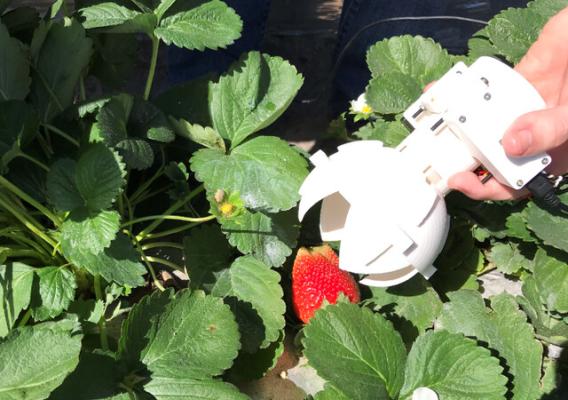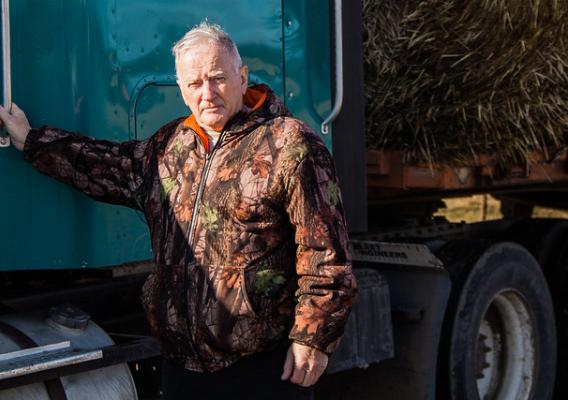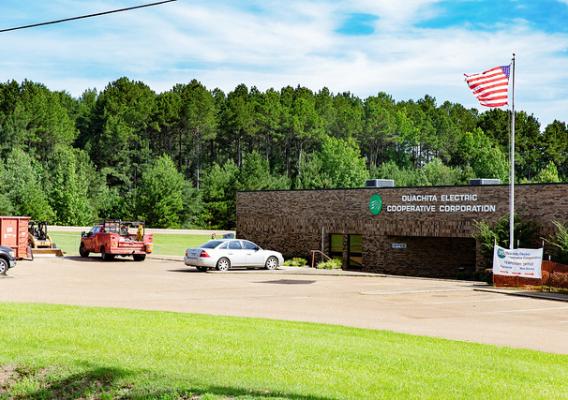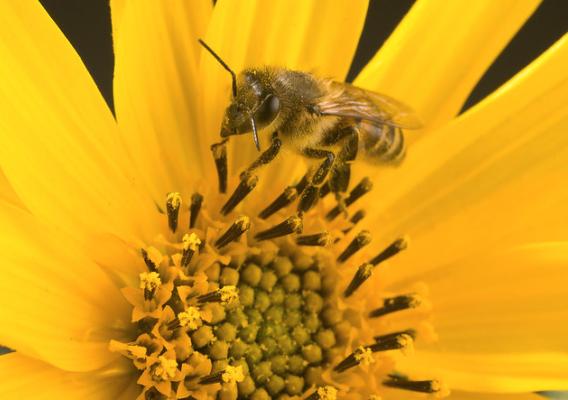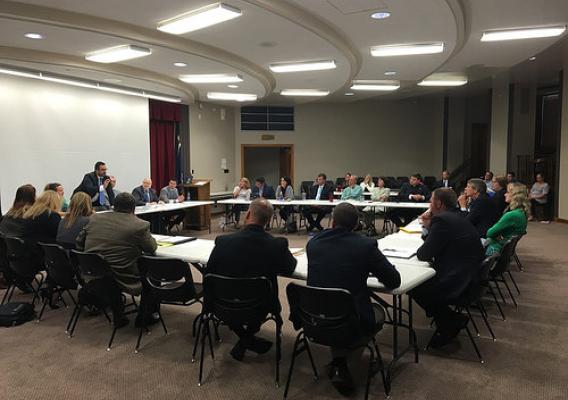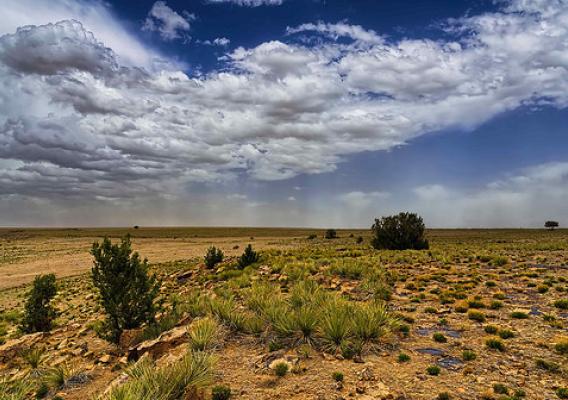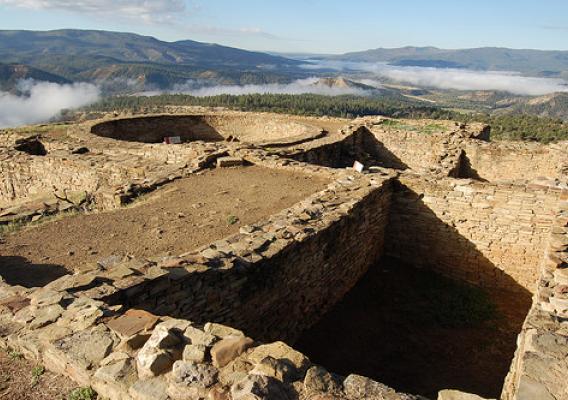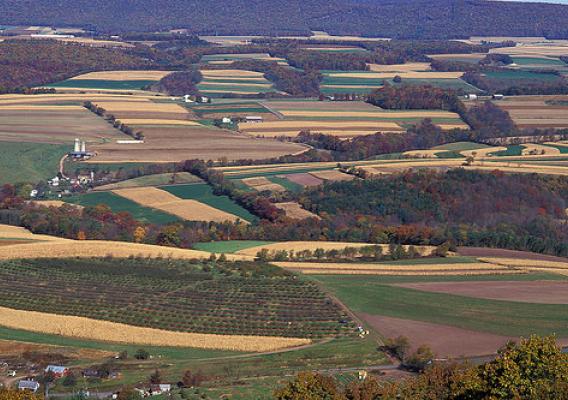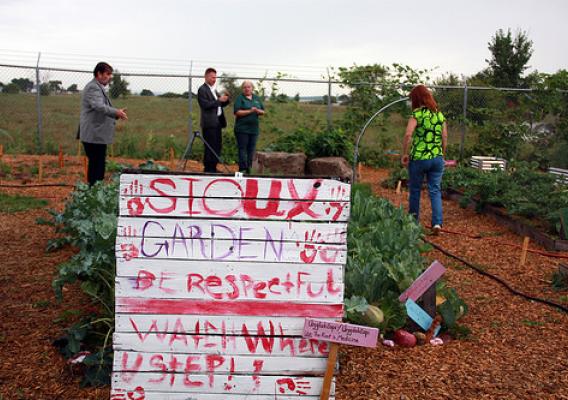USDA scientists work 365 days to provide safe and sustainable food, water, and natural resources in the face of a changing climate and uncertain energy sources. To recognize the contribution that agricultural science and research makes in our daily lives, this week’s “Banner Year” series features stories from 2015 that show the successes that USDA science and statistical agencies made for us all.
Making a success in agriculture and rural communities in today’s competitive world requires a toolbox of cutting-edge knowledge and ways to put that information in people’s hands so they can put it to work. Whether it’s designing these tools, developing the data to prove them, or breeding a new crop variety to outwit a plant disease to avoid a harvest’s devastation, the scientists of USDA’s Agricultural Research Service (ARS) are always coming up with something new to enhance rural opportunities.
Here are five research highlights from 2015 you should read:

